Regarding this WSJ unfounded FUD:
Credit for post and DD goes to u/xcryptogurux
Original post here:
It is well documented that Bitcoin is not centralized, in any way.
Here's a Glassnode thorough analysis regarding distribution:
https://insights.glassnode.com/bitcoin-supply-distribution/
Highlights:
No, Bitcoin Ownership is not Highly Concentrated
Not all Bitcoin addresses should be treated equal. For instance, an exchange address holding the funds from millions of users needs to be distinguished from an individual's self-custody address.
A Bitcoin address is not an "account". One user can control multiple addresses, and one address can hold the funds from multiple users.
Edit: Also this info from Woo
Willy Woo on Twitter:
A longitudinal study of #Bitcoin's supply distribution since the genesis block.
Summary:
Bitcoin continues a 12 year trend of distributing evenly. Small holders are a rising force. (Includes new data unseen before from Entities, not addresses on-chain analysis.)
https://twitter.com/woonomic/status/1418192184767963136
This could be a long read. Kindly bear with me.
I write this primarily in response to the TechSpot article from yesterday (r/technology mods told me they only allow “mainstream news articles with editorial oversight and fact-checking” so I'm sharing this here).
But I’d also like to take this opportunity to write about Bitcoin more broadly as someone who has been following it for more than a decade and I’ll try to do so without complicating the conversation for anyone unfamiliar with Bitcoin.
The TechSpot article cites a non-peer-reviewed National Bureau of Economic Research (NBER) working paper from Igor Makarov and Antoinette Schoar.
NBER claims to be non-partisan but it is a private NPO funded by the likes of Bill Gates foundation.
The chairman of NBER, Karen Horn, is a former president of the Federal Reserve Bank of Cleveland and Head of International Private Banking for Bankers Trust.
The authors of this working paper, Igor Makarov and Antoinette Schoar are no experts in Bitcoin.
Makarov is employed by Financial Markets Group (FMG), which focuses on policy research into financial markets and works alongside banks and regulators in Europe.
Schoar is a professor at the MIT Sloan School of Management and co-chair of NBER Corporate Finance group, who has previously made it clear that she is no fan of Bitcoin with some pretty misguided takes on it.
It’s critical to note that the data regarding miners cited in this study is from when mining was largely concentrated in China. This is no longer the case.
The paper claims the authors have “the ability to trace miners on the blockchain.” The tracking method shown in the paper is based on subjective, unverified “algorithm to track the distribution of mining rewards from the largest 20 mining pools to the miners that work for them.”
The validity of this conjectural method of tracking was also subjectively verified before all mining operations migrated out of China to many different parts of the world.
Bitcoin distribution is not highly concentrated
The first thing we need to acknowledge with Bitcoin is that it is still very much a nascent monetary system. It has come a long way in a short space of time but it’s only been around 13 years and only 3% of the world’s population currently use Bitcoin.
It took the Internet 25 years to get to that point. So while adoption is certainly happening a lot quicker, we still have 97% of the world’s population to bring on board. Unlike the banking system, which has ostracized nearly half of the world’s adult population, Bitcoin can actually work for every person in the world, no matter who they are or where they come from.
The top wallet addresses here do not belong to individuals. Almost all active addresses holding greater than 10 basis points of the total supply (greater than 0.1%) are addresses belonging to exchanges and custodial services holding custody of Bitcoin that belong to millions of individual users. Not all exchange addresses have been tagged by bitinfocharts. For instance, the third largest address, looking at activity and transaction patterns, very likely belongs to Coinbase.
Now you’re not supposed to be holding your Bitcoin in exchanges as that defeats the whole point of Bitcoin, besides enabling rehypothecation, which can artificially inflate the supply, and other security risks, but a lot of people do since they’re new to Bitcoin, unfamiliar with the concept of self-custody, and inadequately appreciate the purpose and potential of Bitcoin. There are ongoing educational efforts to encourage people to take ownership of their Bitcoin.
Not your keys. Not your sats.
The wealth distribution is admittedly far from where it needs to be, but it’s heading in the right direction. As more and more users adopt Bitcoin, the Gini index improves markedly. The game theory embedded into the protocol ensures that it does over time. The article from TechSpot claims that 10,000 individuals control a third of the supply. This, even if we assume to be accurate at face value, is a vastly improved figure from only 2 years ago, when less than 5000 wallets were estimated to own half the supply.
On-chain analytics firm, Glassnode, published a finding earlier this year that ownership of Bitcoin is not highly concentrated and it naturally disperses over time. I’ll explain a little later in this article why that is the case.
Beyond the cryptocurrency
Let’s try to first understand Bitcoin beyond the cryptocurrency, as a software protocol and what it represents for humanity. Sure, price speculation is fun but for me, it’s the least interesting aspect of Bitcoin.
Bitcoin is open-source software collectively hosted by a pure P2P permissionless network of ∼ 60,000 nodes distributed across the world — by far the largest pure P2P network ever. Anyone in the world can propose changes to this software no matter who you are. There’s no central server or hierarchical structure to this network. You don’t need anyone’s permission to access the network. We don’t need to know who Satoshi was to trust the system because the code is open for every single human being in the world to read and scrutinize. Satoshi was simply the first, founding contributor to this open software.
This is such a revolutionary egalitarian concept so far removed from all the corruption and iniquities that inhere within our extant hierarchical technology and monetary systems that a lot of people understandably find it difficult to grasp but this could fundamentally fix the world and make money and technology at large work for everyone without privileges.
There’s a common misunderstanding that Bitcoin has great value because it was the first digital currency. This is untrue. There were several prior attempts — B-money, Bit gold and Hashcash the most prominent among them. Satoshi’s proof-of-work (PoW) algorithm solved a critical flaw in the use of blockchain as a public ledger known as the Byzantine Generals Problem (BGP).
Solving for BGP meant that we could have an open ledger network without a central server or middlemen where nobody had to trust anybody else for the system to work. Every node within the Bitcoin network is a server with a live copy of the ledger and each node is able to verify the authenticity of its copy of the ledger without having to trust any of the other nodes.
The concept of blockchain predates Bitcoin by almost two decades. So the value was never in blockchain but the way Bitcoin was able to utilize blockchain as a trustless, permissionless, decentralized public ledger to democratically create, distribute and exchange value.
On the face of it, it’s easy to mischaracterize Bitcoin as some kind of an investment scheme. It is absolutely not that (The Newcoiner Dilemma). Who is to benefit from an investment scheme where nobody is in charge?
Bitcoin is a complete revamp of our monetary system to make it work for everyone and more broadly, as a software protocol, Bitcoin has the potential to fix the Internet’s original sin — centralization at the hands of few privileged gatekeepers — and restore it to its originally intended form as a decentralized P2P network protocol.
A network protocol is only decentralized if any participant within the network is able to access and verify the truth (the state of the ledger) on their own in a very economical manner without requiring permission or trust. We’ve seen many predatory knock-offs since Bitcoin, which are little more than snake-oil marketing gimmicks with fundamentally flawed protocol designs and centralized node architectures. Cynical rent-seeking and exploitation just comes with the territory for any revolutionary technology.
Permissioned, quasi-permissioned, DINO (decentralized in name only) blockchains are a waste of time. Blockchains are comparatively inefficient databases unless truly decentralized. What makes them special is the ability to individually host, validate and audit the ledger.
Throughout Bitcoin’s history, Bitcoiners have staunchly defended the right of users of the network not to be priced out of running their own node, most famously 4 years ago when Bitcoin users stood firm in the face of pressure from miners and corporate interests to prove that it was the users who truly controlled Bitcoin, not miners and not wealthy investors.
Anyone can host their own Bitcoin full node on a Raspberry Pi. This allows them to be an equal rights citizen within the network without delegating trust to a third party. If you cannot self-host a node on your own, you’re going from trusting bankers to trusting a random person on the internet. That doesn’t seem so revolutionary, does it?
How does such a network scale?
Let’s take the Internet as an example. The IP suite is a software protocol like Bitcoin. It originally had a monolithic design until we figured out that it could not scale without layered architecture. Bitcoin has undertaken a similar multi-layered approach to scaling in recent years.
Bitcoin’s base layer is the network layer protocol and the monetary settlement layer. Priorities for this layer are maximizing security and trust-minimization. Built on top of this is a payments layer called Lightning Network.
Lightning Network is a decentralized layer-2 network protocol that uses a native smart contract scripting language to enable instant, almost feeless, global Bitcoin payments.
In Lightning Network, parties to a transaction are required only to have a sufficiently funded open channel active in the network. This is done through a single on-chain transaction.
If there is a direct channel open between the parties, the transaction is routed directly and incurs no fee. Without a direct channel, the transaction is routed through routing nodes, incurring a small fee, typically no more than a few sats (fraction of a cent), paid to routing nodes hosted by users of the network.
You can find a live node map for Lightning Network here. It’s pretty remarkable how far Lightning Network has come in only 3 years.
With Lightning Network’s maturation as an infinitely scalable decentralized global payments network, Bitcoin is shifting focus to its next big milestone, Taproot, which is due to go live in mid-November at block height 709632.
Taproot brings a set of protocols that enhance Bitcoin’s privacy, scalability and unlocks the path for seamless integration of application protocols on top of Bitcoin while also ensuring that users are still able to economically run their own Bitcoin full node.
Game Theory of Bitcoin
Cypherpunks were pursuing the concept of Bitcoin, a decentralized P2P monetary system, for two decades. Satoshi completed the final, most important, piece of the jigsaw — solving the Byzantine Generals Problem to prevent double-spend.
In doing so, Satoshi sought to address two fundamental flaws with fiat money,
1- Centralized, focused issuance and control of money supply and monetary policy
2- Trivial cost of issuance
While issuance entails no cost, the money remains at the mercy of the basest of human qualities, self-seeking greed. All corruptive tendencies of fiat money are a direct consequence of the trivial cost to issue infinite money.
Satoshi’s proof-of-work algorithm solved for these two flaws by implementing an ingenious cost of issuance algorithm that keeps every actor honest and forever scales in proportion to Bitcoin’s value as a monetary network —the higher Bitcoin's value, the higher the cost of issuance.
Proof-of-work requires those who acquire the new supply of coins (miners) to continually input real-world work for their rewards and cover recurring operational costs. The work ensures that those who receive the new supply of money cannot keep hoarding it for themselves. Miners are forced by the game theory embedded into the protocol to redistribute Bitcoin into the market.
Any monetary system where the creation of money entails no work and cost would be fiat 2.0 all over again, a system where wealth equals power, where the rich forever get richer and the poor get poorer.
In proof-of-work, wealth != power
Miners input work and recurring costs to find blocks and receive compensation for their work but the blocks are validated by full node users, not miners. Full nodes enforce the rules — accept or reject blocks found by miners — and hold the power to keep miners honest. Every full node user has one vote. Proof-of-work admits of no corruption or privileges.
A very large portion of the world’s population is affected by either hyperinflation and/or lack of banking services (c. 4 billion people). Bitcoin allows them to connect to an open, permissionless network to generate, store and exchange value where nobody can stop them. The combination of proof-of-work and economical self-hosted nodes distributed all across the world is what ensures Bitcoin's antifragility, securing the network from state attacks.
Bitcoin, a global leader in clean energy innovation
20 years ago, the Internet was boiling the oceans. Today, it’s Bitcoin. In 20 years, the next emerging technology. Energy, in manifold forms, has always been fundamental to human interaction and its impact, an ineluctable consequence of human evolution.
Bitcoin is at once the most fundamentally important technological and monetary evolution for humanity. For the first time in human history, every human on earth can become financially sovereign, set free from the whims of other humans.
Bitcoin is a huge net positive for humanity and a global leader in renewable energy innovation. The renewable energy share of the Bitcoin network is over 4 times that of the average grid. In 2020, renewable energy sources accounted for only about 12% of total U.S. energy consumption. 58% of global Bitcoin mining operations are powered by renewables.
According to the Energy Information Administration (EIA), 66% of the primary energy used to create electricity is wasted by the time the electricity arrives at the customer meter. Bitcoin is able to harness stranded/wasted energy, while also mitigating the climate effects of other industries by capturing flared gas that would otherwise be vented into the atmosphere contributing to climate change. Other industries find the cost of transporting energy prohibitive. With regards to coal, almost all of the coal-powered mining was happening in China. They’ve all since been shut down.
The quest for perfect money
What's money? Anything that’s accepted as representing value by the parties to any transaction. It’s really that simple. Three thousand years ago, cowrie shells were used to represent value. We’ve had various forms of money since but the quest remains the same. Humans have always sought money that can hold value over time until it was required to purchase other things that hold value to them — goods and services.
If we look at money from this perspective, we could argue that money is technology but until now, we never had the technology to come up with a money that was able to fulfill all three functions of money — store of value (SoV), medium of exchange (MoE) and unit of account (UoA).
Bitcoin is at once a good SoV (scarce and incorruptible), a good MoE (the payments layer — Lightning Network), and a good UoA (infinite divisibility and instant portability across the world).
I view Bitcoin to be the culmination of humanity’s 7000-year technological quest to perfect the representation of value by truly democratizing its creation, distribution and exchange. Never before have we had a money with all the necessary properties of sound money. All previous forms of money had compromises.
Scarce money has always been sound money but previous iterations of scarce money lacked the other properties required to be viable as MoE and UoA — fungible, readily portable, infinitely divisible, incorruptible, indestructible, provably finite and objectively verifiable.
Bitcoin ticks all the boxes. It further adds a new dimension to money hitherto unimaginable, obviating the need for trust, eliminating counterparty risk without the burden, cost and attendant inefficiencies of involving trusted middlemen.
Fiat money is a pyramid scheme
It would be remiss not to highlight at this time just how inequitable our current monetary system is and, something we don’t often speak of, the jarring impact of inflation-driven compulsive consumerism on climate change.
The current system of credit constantly incentivizes you through a myriad of machinations to keep spending money from tomorrow’s labor, but the new injection of money from your tomorrow’s labor ends up being concentrated at the top, with the ultimate consequence of inequitably diminishing your purchasing power and continually enriching those at the top of the pyramid.
In short, money borrowed against your future labor ends up destroying your own purchasing power while the lender profits off your future labor, both in the form of interest and by being closer to the new money. It’s a double whammy. Fiat money post hoc undercuts the value of our work and time, except for the top 0.01%, some of whom have seen their wealth grow almost 10-fold during a once-in-a-hundred-year global pandemic.
In 1971, President Nixon canceled the convertibility of the US dollar to gold. The subsequent collapse of the Bretton Woods system gave central banks absolute monetary authority as the dollar was no longer required to be backed by gold reserves.
Central banks’ newfound ability to continually manipulate supply, interest rates, and velocity of money has led to deleterious consequences. Perpetual expansion to spur illusory “economic growth” has sent deficits spiraling out of control and resulted in, inter alia, a vicious cycle of high inflation, recession as a consequence of efforts to mitigate the effects thereof and ever-increasing, now extreme, economic inequality.
I’ll just leave it here as to the enduring effects of the Nixon shock.
Triffin paradox
The Triffin paradox explains why any sovereign currency serving as a global reserve currency is unworkable — the state issuing the reserve currency is required to continually run up a deficit to meet the world’s demand for its currency. This creates a conflict of interest between domestic and international monetary policies, which becomes untenable in the long run, leading to the collapse of the system. The average lifespan for reserve currencies is 95 years.
Bitcoin is the only monetary system in history that has the properties to last forever, for, unlike all previous monetary systems, it doesn’t derive value from the authority or wealth of the issuer, which is fleeting, but a timeless universal constant — hard-coded mathematics.
Closing thoughts
I’d like to earnestly urge everyone to read mainstream articles about Bitcoin through a lens of scrutiny as to the interests of those who own these organizations. There’s an ongoing campaign to poison the well with blatant disinformation while simultaneously accumulating Bitcoin for themselves.
When you really burrow down the Bitcoin rabbit hole, you come to realize that Bitcoin is quite the culture shock, a monetary paradigm shift irreconcilable with the status quo sustained by immoderate expansion normalized through generational indoctrination of the rationally vulnerable to acquiesce to furtive post hoc theft of the value of their work and time, especially in the last 50 years post-Nixon shock.
Mainstream media organizations are owned by the banking establishment and beneficiaries of the fiat pyramid scheme who stand to lose a lot of power if 8 billion people were to understand the peaceful revolution that is Bitcoin.
There are no C-suites, marketing/PR teams in Bitcoin to manipulate public opinion or issue any official statements in rebuttal to intellectually dishonest journalism. Bitcoin keeps plowing along honestly, paying no mind to assorted naysayers motivated by self-interest seeking to further various agendas.
Tick.. tock.. next block..
https://i.redd.it/86izkxf9g6w71.gif
I hope the irony of an organization chaired by a former Federal Reserve president decrying the concentration of wealth in Bitcoin while we do not have the ability to peer into an open ledger to scrutinize the concentration of wealth and the transactions of bankers in the fiat monetary system is not lost on anyone.
[link] [comments]

You can get bonuses upto $100 FREE BONUS when you:
💰 Install these recommended apps:
💲 SocialGood - 100% Crypto Back on Everyday Shopping
💲 xPortal - The DeFi For The Next Billion
💲 CryptoTab Browser - Lightweight, fast, and ready to mine!
💰 Register on these recommended exchanges:
🟡 Binance🟡 Bitfinex🟡 Bitmart🟡 Bittrex🟡 Bitget
🟡 CoinEx🟡 Crypto.com🟡 Gate.io🟡 Huobi🟡 Kucoin.

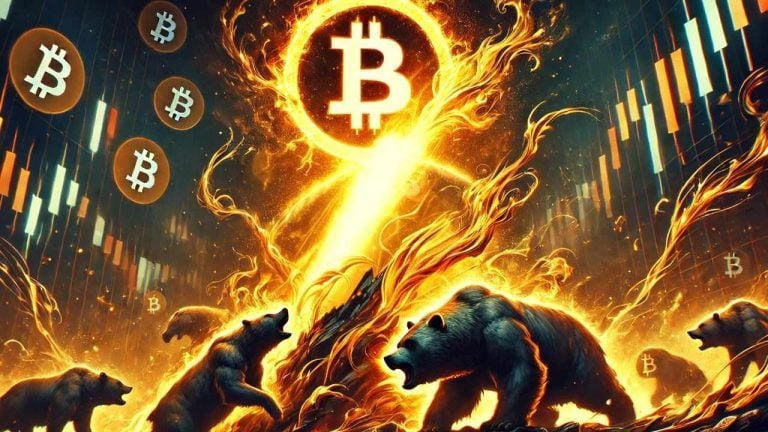


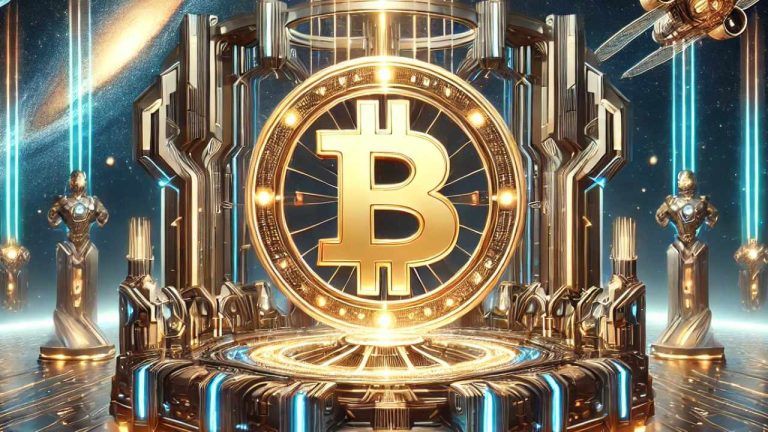



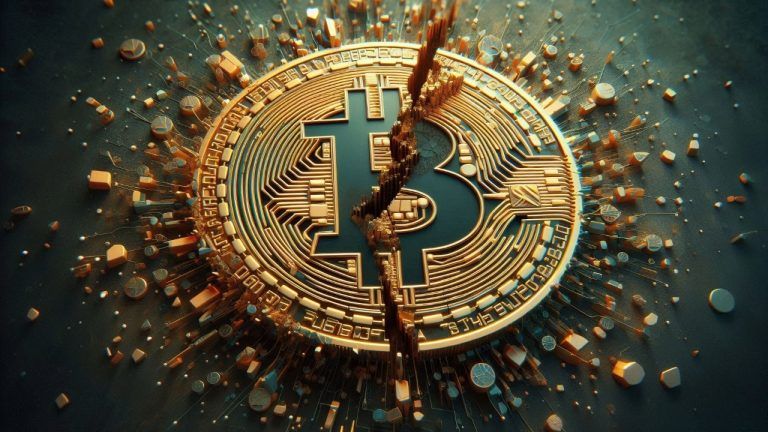
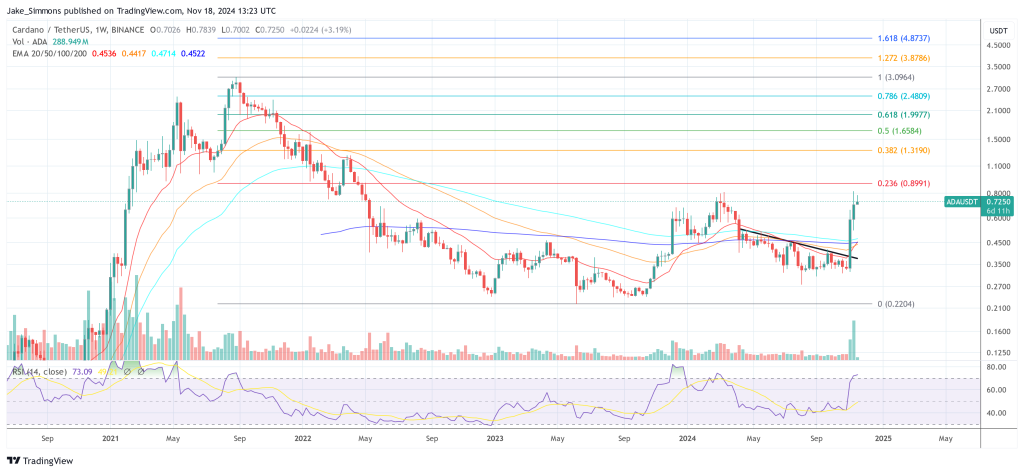

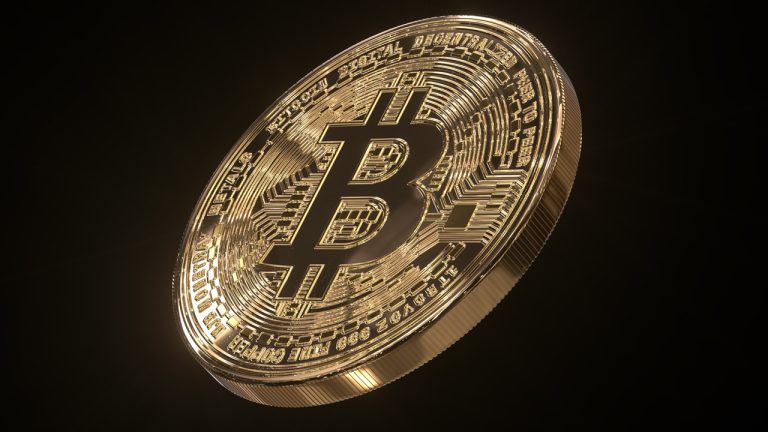
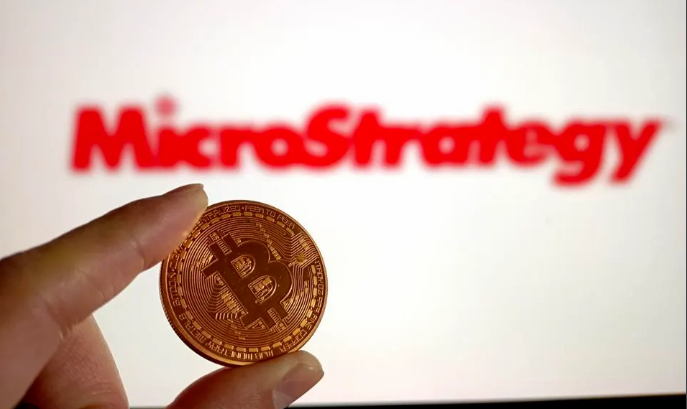
Comments